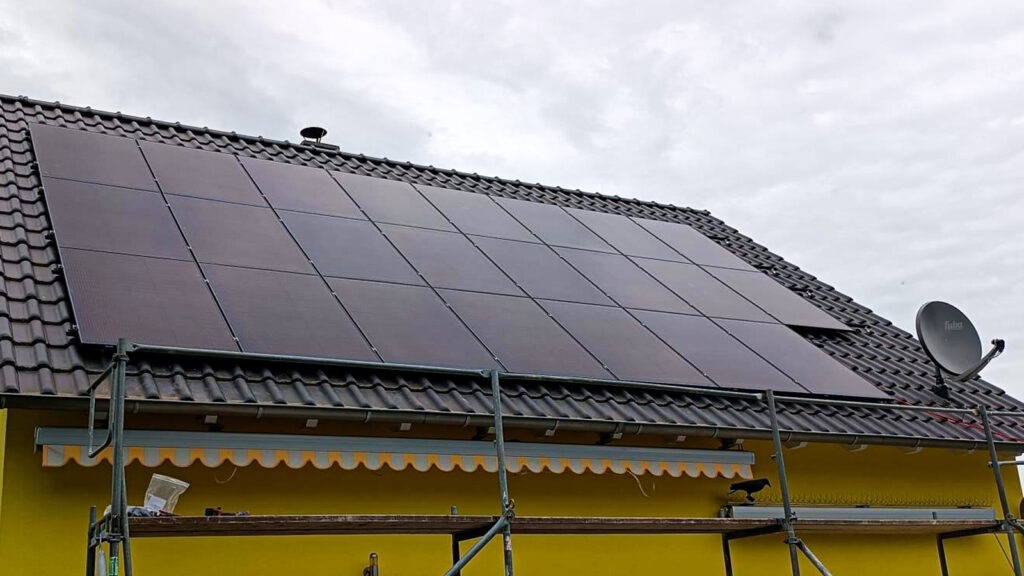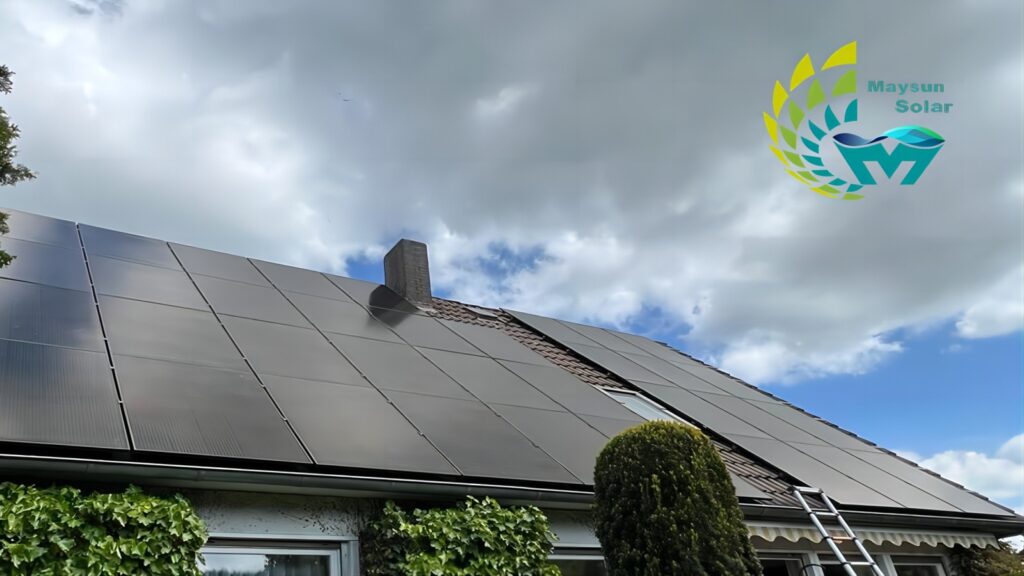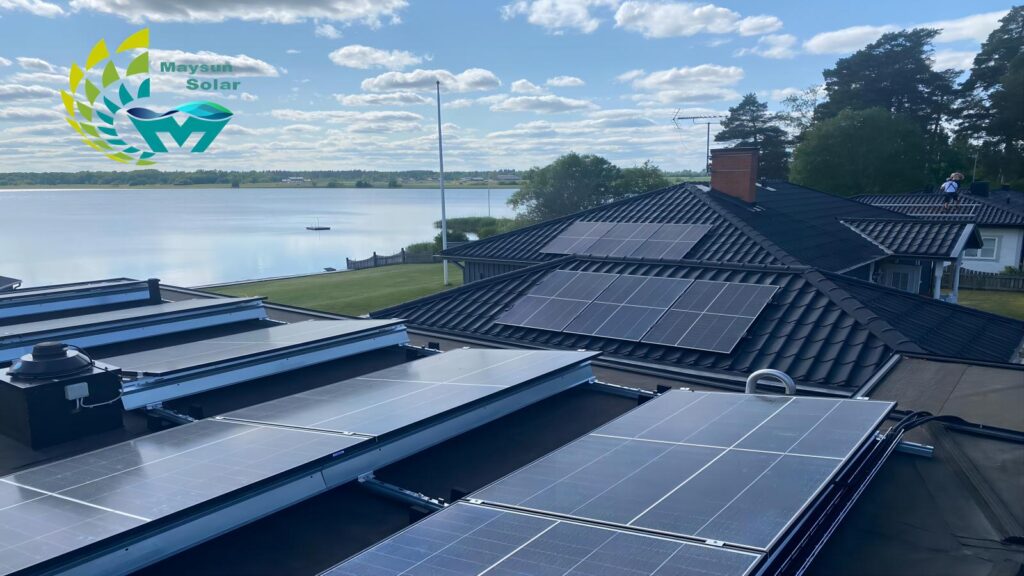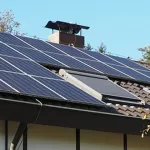With the rise of renewable energy, solar energy has attracted much attention as a clean and sustainable form of energy. Traditional blue solar panels are functional but somewhat drab in appearance. In recent years, however, black solar panels have been a popular mainstream product in Europe, especially the Nordics. Do you know why?
Before discussing this reason, we must first clarify the difference between monocrystalline and polysilicon panels:
Polycrystalline panels are less efficient because some crystals form during the manufacturing process. These crystals make it harder for electrons to flow through the cell. On the other hand, the lack of crystal formation in mono PERC panels allows electrons to flow easily, making these panels more efficient. Because they are more efficient, they are also more expensive. Also, monocrystalline panels are darker in color, while polycrystalline panels have a traditional blue color.
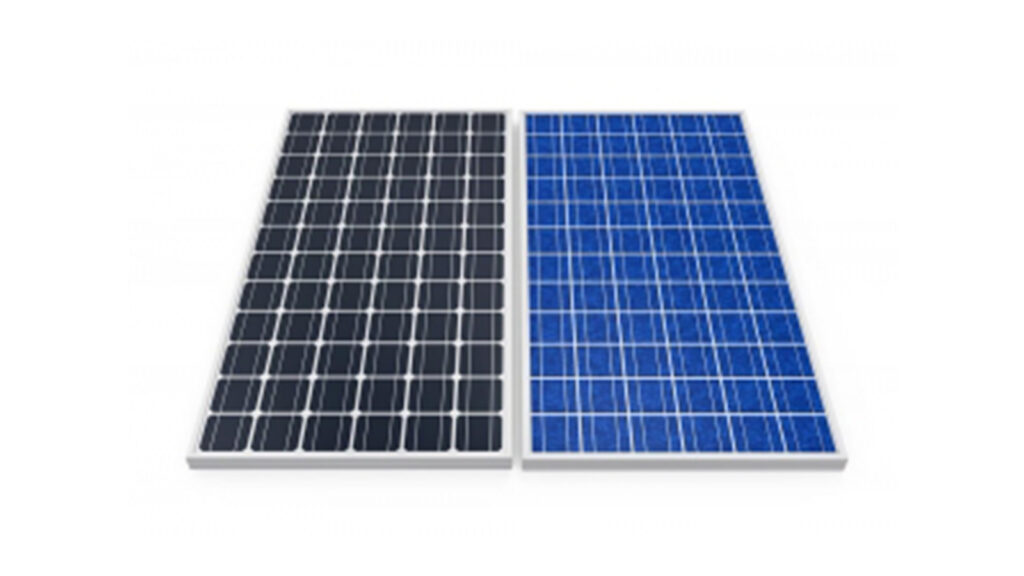
While traditional monocrystalline panels still use black solar panels with white backsheets. Below you can see the difference. The image on the left shows a traditional monocrystalline silicon panel up close. The photo on the right shows the entire array panel with the black sheet, which is full black solar panel.
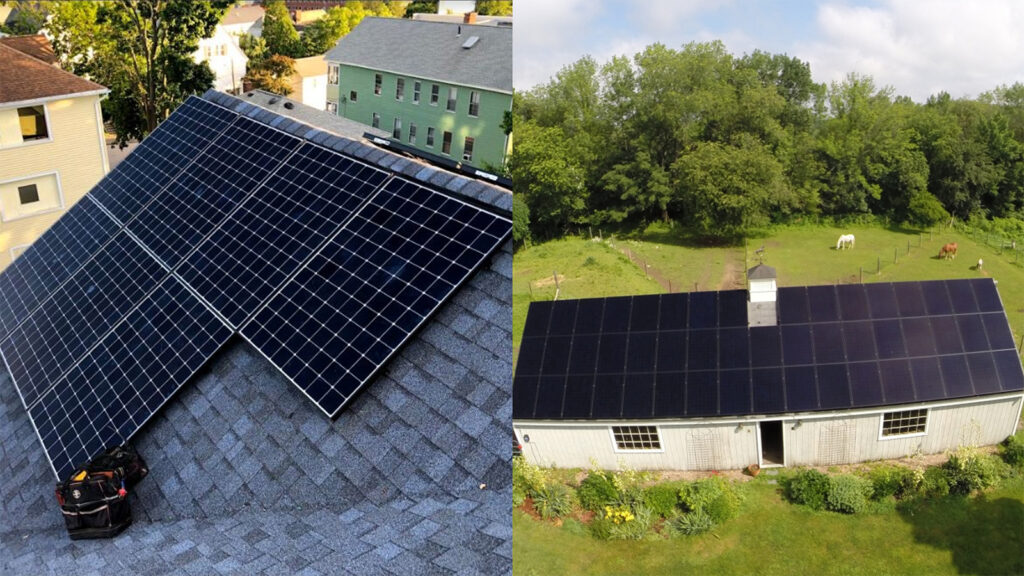
Advantages of black (monocrystalline) solar panels over polycrystalline solar panels (blue):
Higher efficiency:
In terms of solar panel efficiency, the alignment of silicon crystals makes solar panels more efficient. When installing solar panels, less black solar panels are generally required than blue solar panels, and they will produce the same amount of solar energy, making black solar panels a more viable option for saving space.
absorb more light:
In addition to solar panels being more efficient, black solar panels absorb more sunlight than other types of solar panels. This means that black solar panels are more capable of absorbing more sunlight, which means they will generate more solar energy.
More heat resistant:
Monocrystalline solar panels perform better at high temperatures. In the case of solar cells, the amount of solar power produced decreases as the temperature rises. However, a black solar panel will experience less attenuation of solar output than other types of solar panels.
More beautiful:
For some architectural projects or design styles, black solar panels can provide higher aesthetic requirements. For architects and homeowners who care about appearance and design, black solar panels are a better choice because they are more in harmony with the overall appearance of the building.
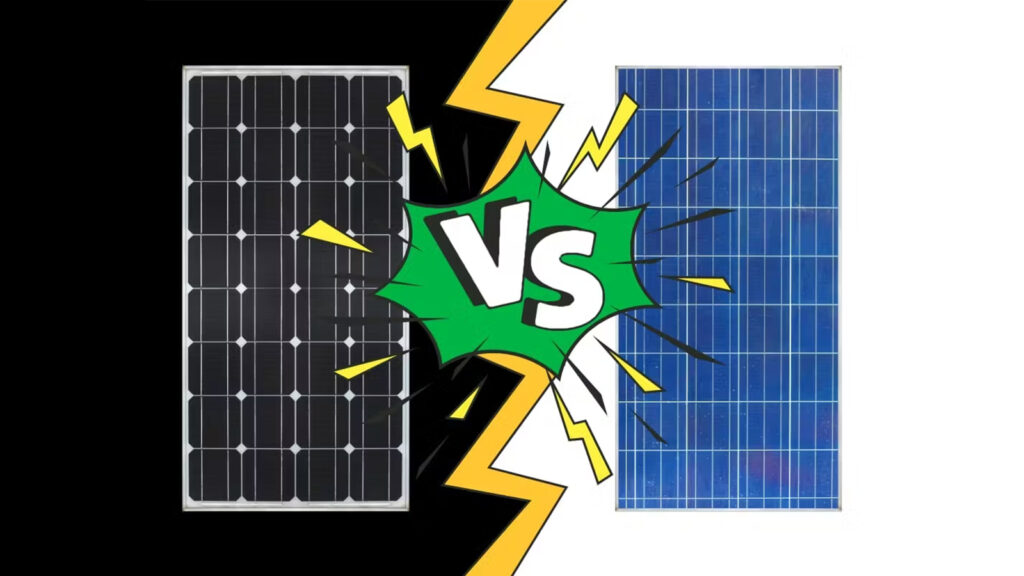
Application fields of black solar panels:
Building exterior wall:
black panels can be used as a part of the building exterior wall to add a unique visual effect to the building. This application method not only realizes the utilization of energy, but also endows buildings with more functions and aesthetic feeling.
Building roof:
black solar panels can be mounted on roofs to provide electrical support for homes and commercial buildings. Compared with traditional solar panels, the black solar panels are better integrated into the overall design of the building, making the roof no longer just a functional area.
Car roof:
With the popularity of electric vehicles, black solar panels can be applied to the roof of the car to provide additional power supply for electric vehicles, extend the driving range, and reduce dependence on traditional energy sources.
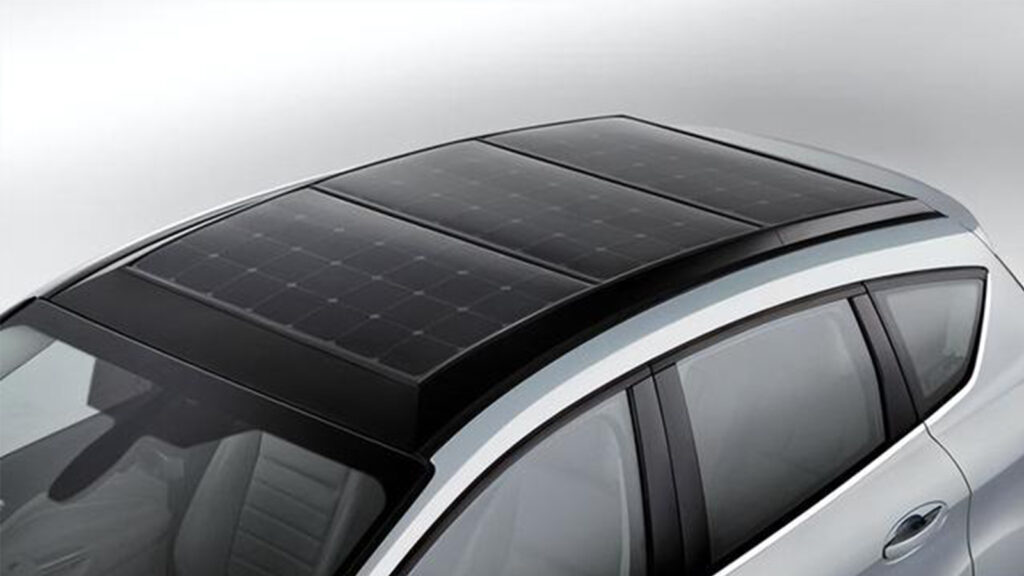
Our company offers a wide selection of photovoltaic panels, including a large number of all black and black frame designs. These photovoltaic panels not only have high-efficiency energy conversion capabilities, but also exhibit an outstanding design. Whether in building-integrated projects or high-end market needs, our photovoltaic panels can meet customer requirements and provide customers with reliable, high-quality solar energy solutions.
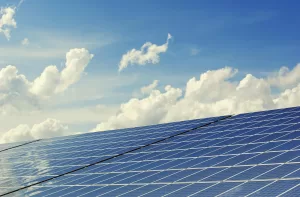
Which solar modules perform better under high summer temperatures?
Can high summer temperatures reduce the power generation efficiency of solar modules? This article compares the performance of HJT, TOPCon, and IBC modules under high temperatures to help you make informed choices and optimize your return on investment.

Structural Risks and Component Adaptation Strategies for Commercial PV Deployment under Extreme Weather Conditions
A comprehensive analysis of the structural risks and component configuration strategies for commercial and industrial PV systems under extreme weather conditions, helping businesses enhance system stability and long-term energy yield.

How Can Photovoltaics Help Businesses Cut Peak Electricity Costs During Summer Price Spikes?
How Can Businesses Use Photovoltaic Systems to Address Summer Electricity Price Peaks? This article provides cost-saving calculations, suitability conditions, and technical selection recommendations.

How to Detect Hotspots and PID Effects in PV Modules to Prevent Long-Term Losses?
How to identify and respond to hotspots and PID effects in PV modules? This article focuses on the European market, combining detection technologies, real-world cases, and protection strategies to provide developers and investors with reliable loss warnings and yield protection solutions.

How to Choose the Most Suitable Solar Panels for Commercial and Industrial Use in 2025
How can commercial and industrial projects choose the right solar panels in 2025?
This article provides a systematic comparison of mainstream panel types such as TOPCon, HJT, and IBC, analyzing their advantages, disadvantages, and suitable applications. It aims to help businesses make accurate selections based on specific project conditions, thereby improving long-term energy output and return on investment.

After the Iberian Blackout How Can Enterprises Reshape Their Energy Security Systems
The 2025 Iberian blackout drew widespread attention across Europe. This article analyzes grid vulnerability, enterprise energy risks, and the deployment path of “solar + storage + EMS” systems to help businesses build a controllable and secure energy structure.

